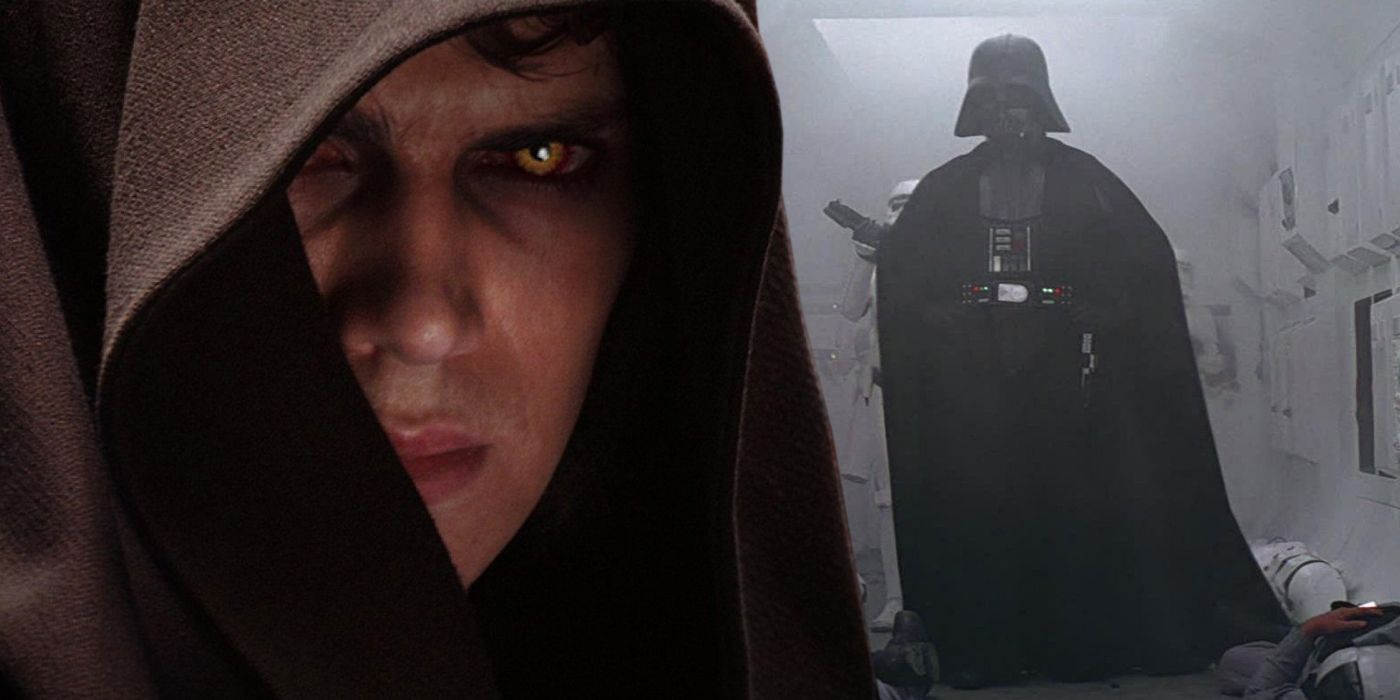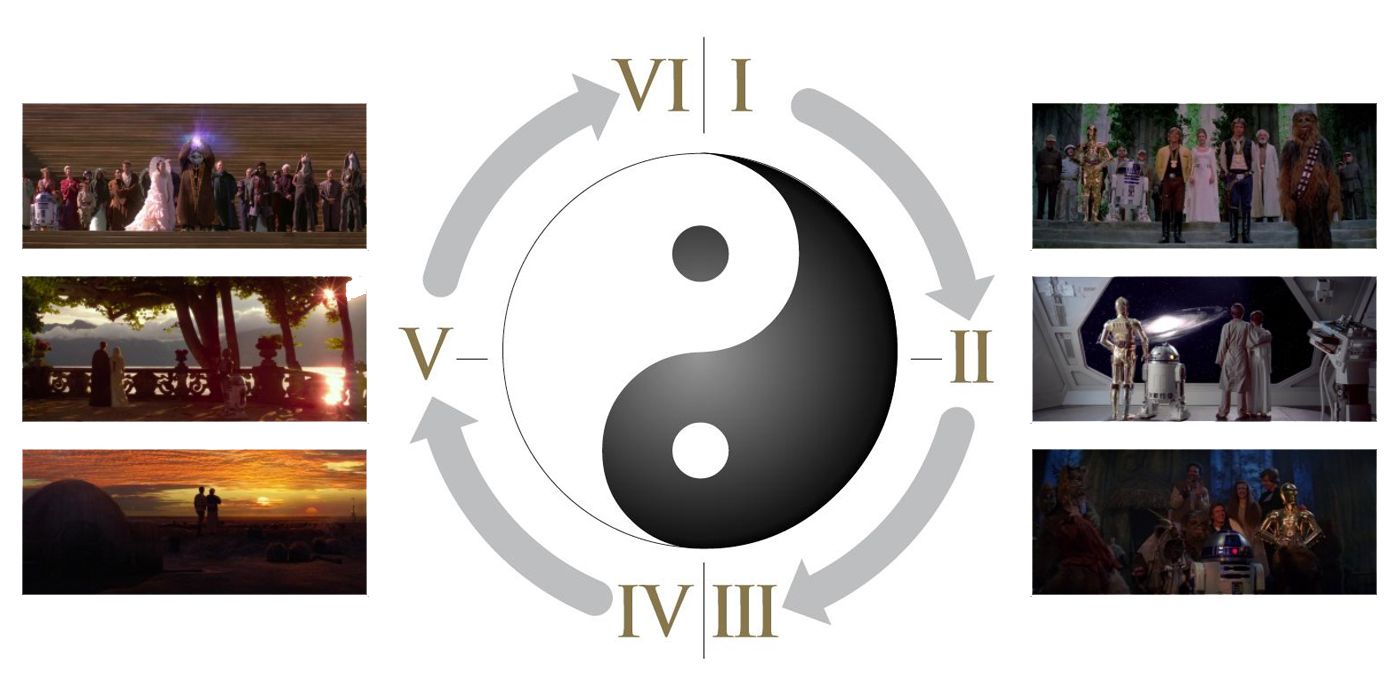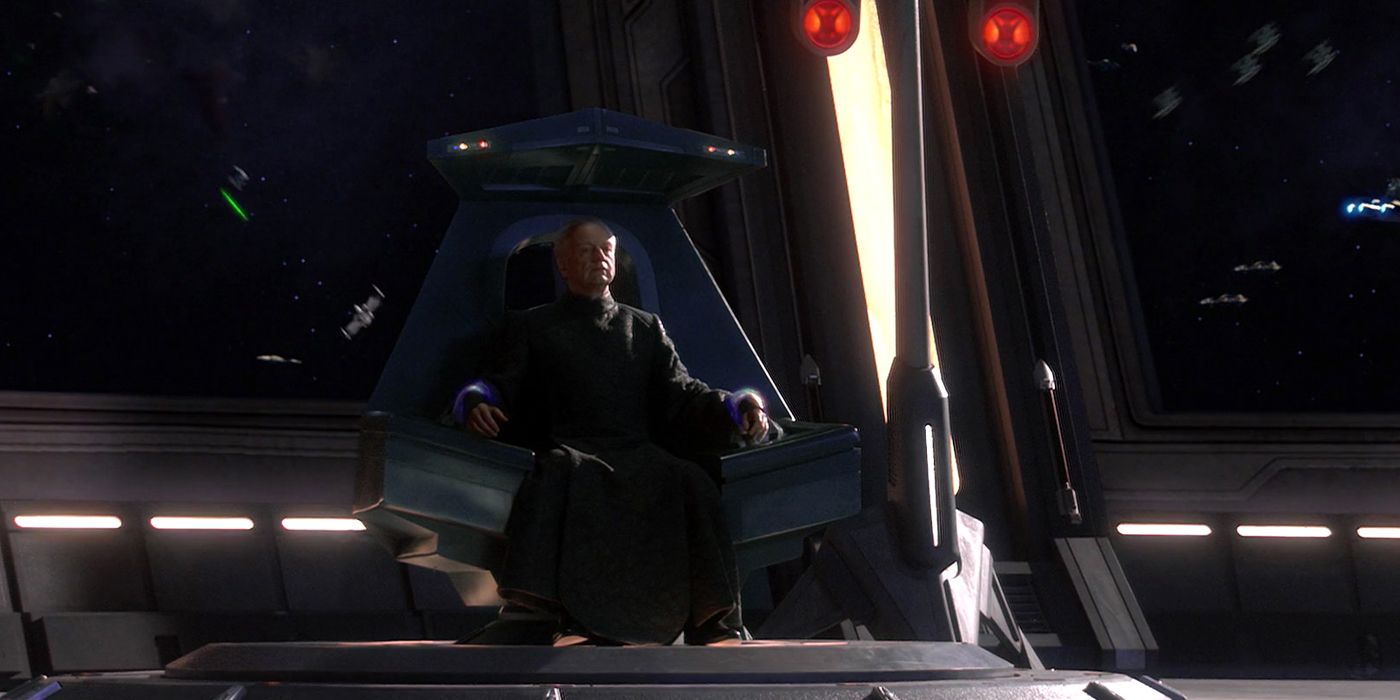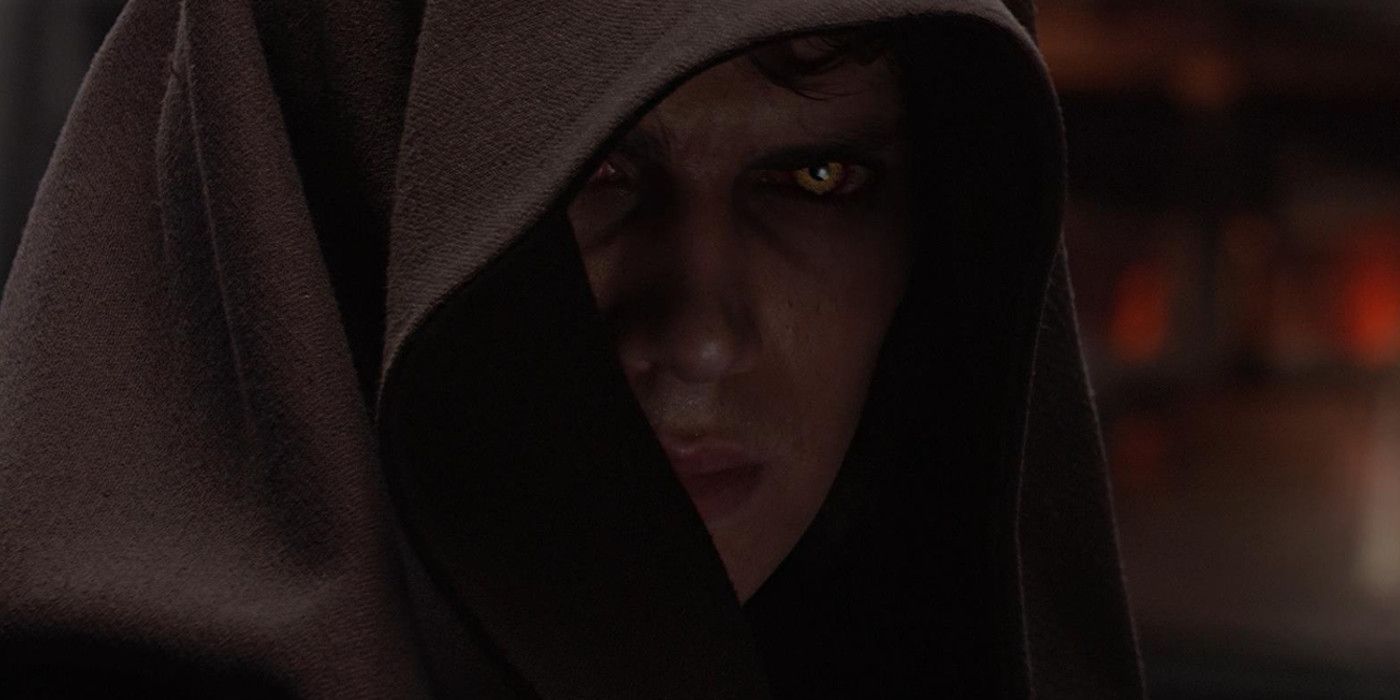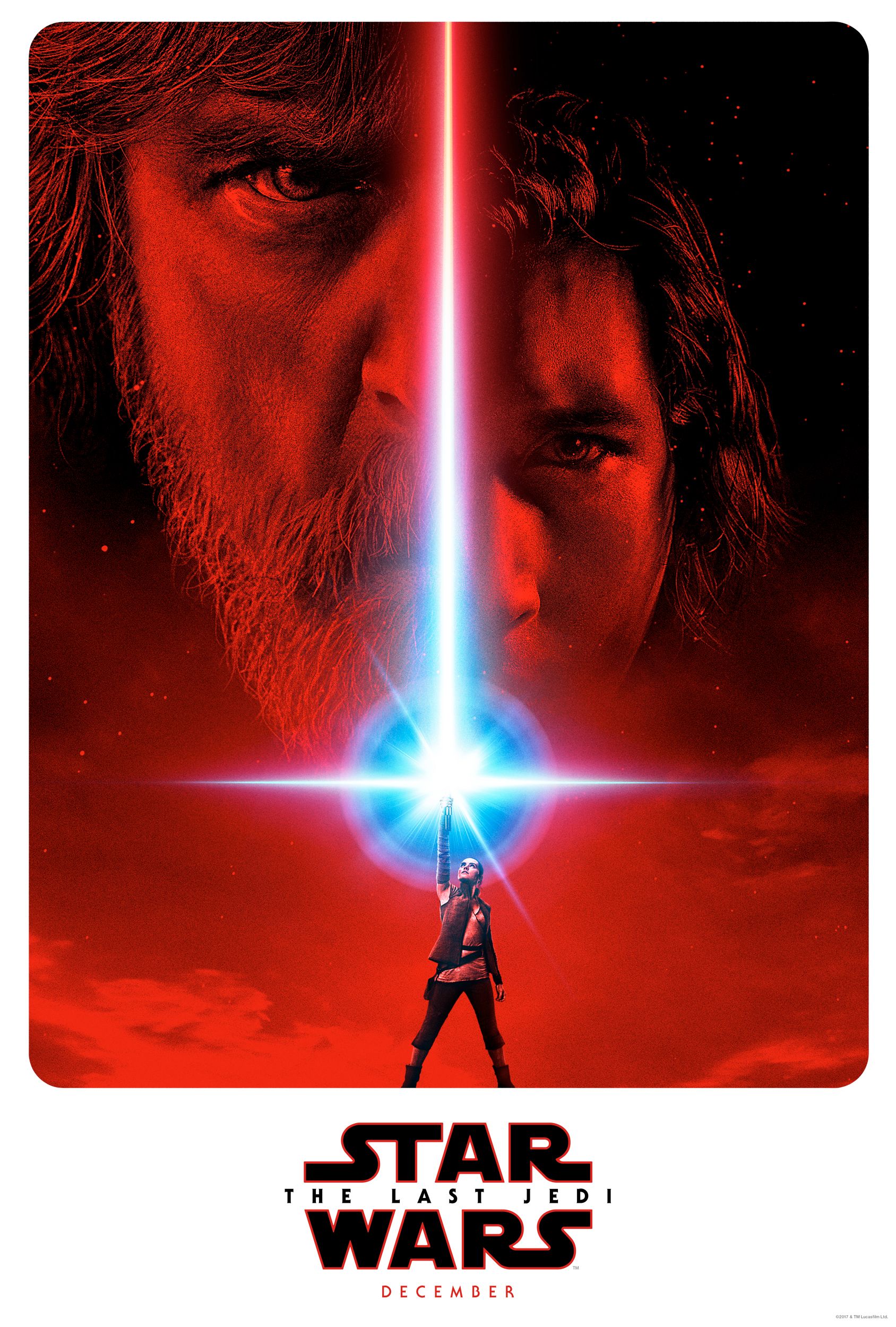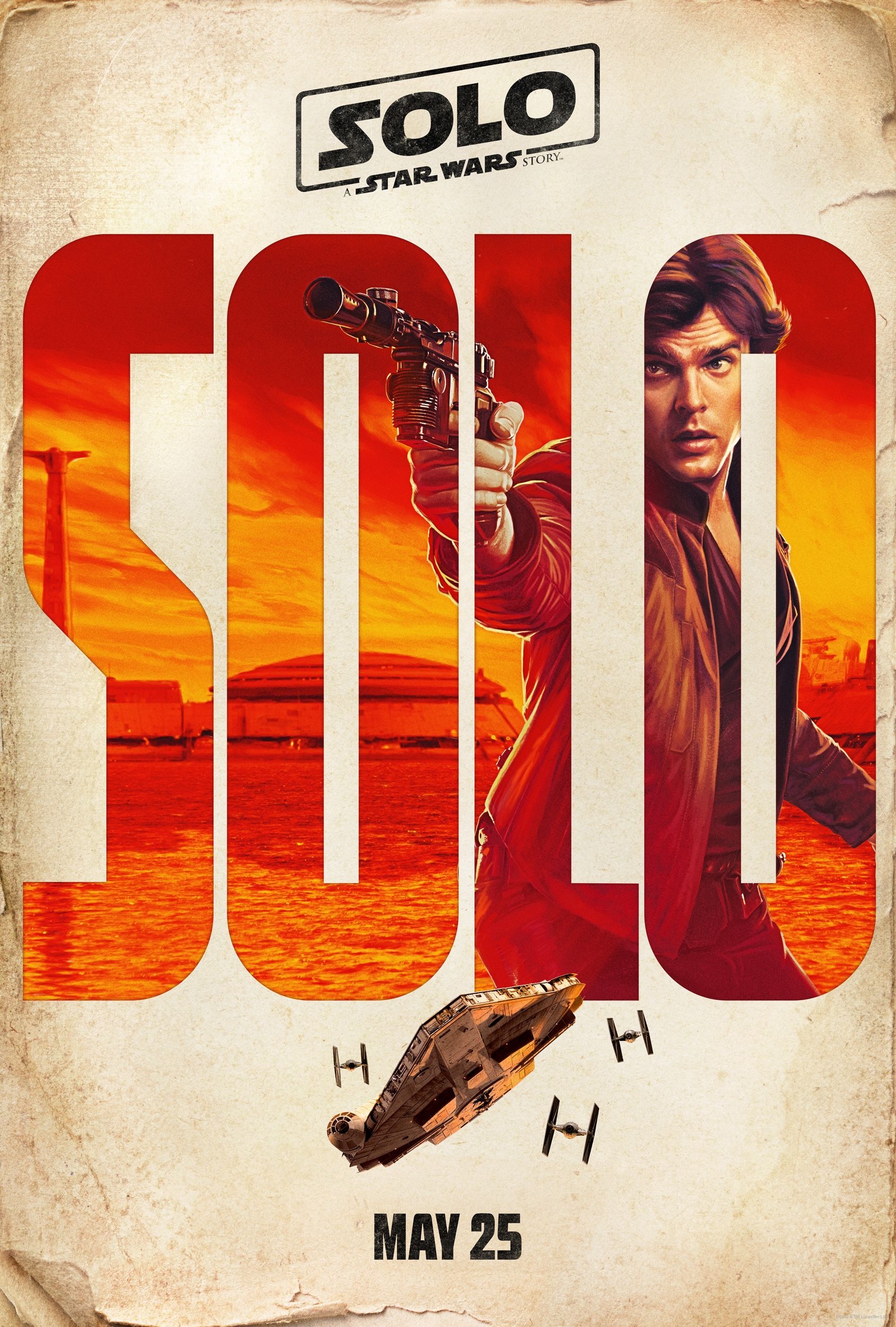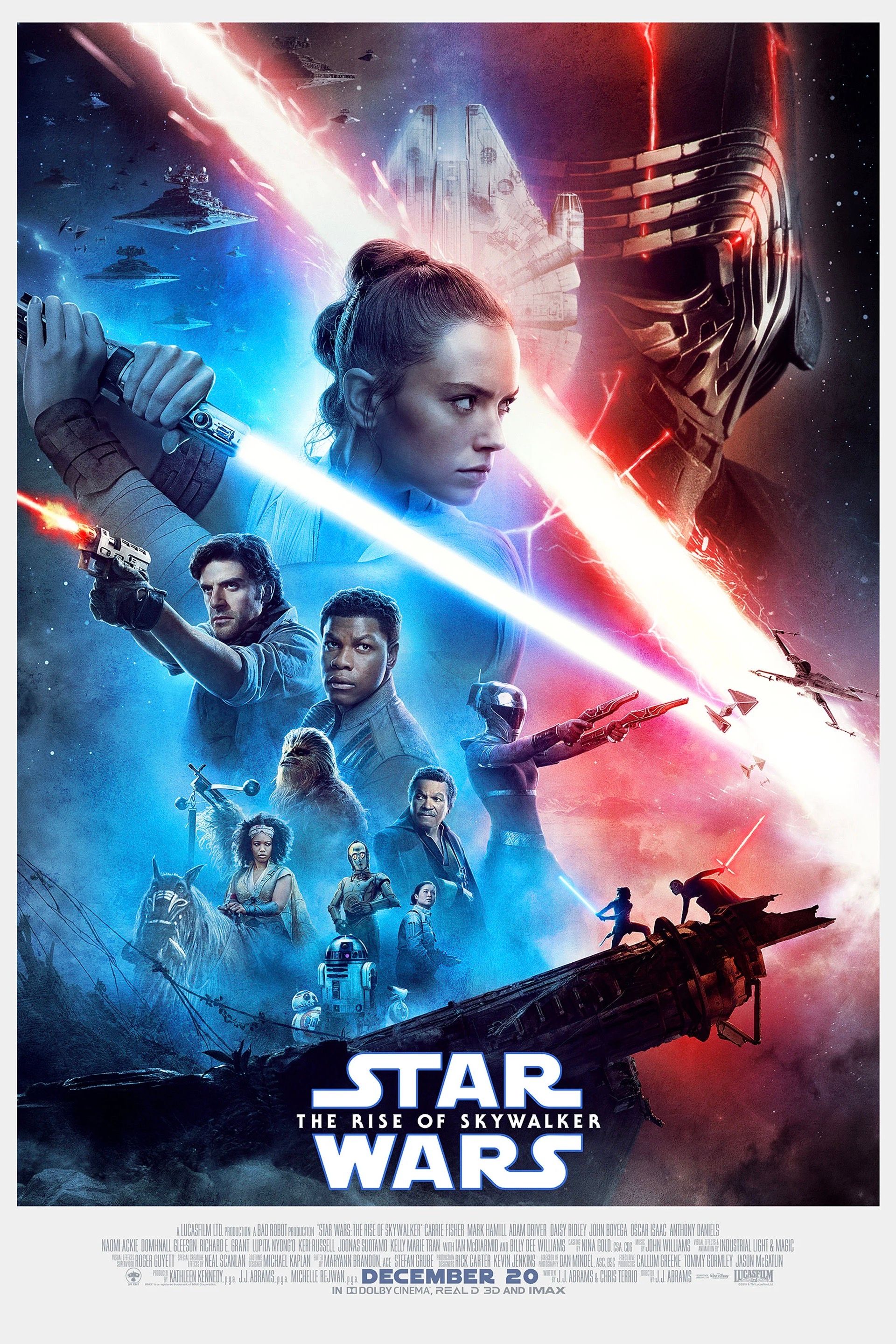[Update: Reposted from January 8th for #StarWarsDay. May the 4th be with you!]
The Star Wars prequels are undergoing something of a re-evaluation. When The Phantom Menace was released in 1999, it was crushed under a wave of hype, and in the years following Episodes I-III became regarded as some of the most disappointing follow-up movies ever made. Wooden dialogue, an over-reliance on CGI, bizarre meddlings with the Star Wars canon, and the infamously annoying Jar Jar Binks... it's little wonder that prequel hate became the default.
However, recent years have begun to see a shift in how the films are viewed. Nobody's saying they're great, but there's understanding that all-out hate may be a bit much. The Clone Wars certainly helped, fleshing out the era and giving once-despised characters fresh personality. Then, in the wake of The Force Awakens’ plot taking a lot of cues from A New Hope, many began to appreciate the ambition of George Lucas’ three-movie plot of political manipulation.
At the centre of all this, making the standard claims of cool lightsabers duels and interesting underlying themes look positively amateur, is Mike Klimo and his Ring Theory. Far from just saying the prequels are fun movies ruined by the disenfranchisement of a generation of grown-up fanboys, Klimo suggests that they’re secretly a masterwork of narrative structure that saw George Lucas produce something wholly unique in the pantheon of cinema. Is he on to something or it is just a desperate defender of three failures? Let’s take a closer look.
What Is Ring Theory?
You can read Klimo’s full Ring Theory here, but for the sake of brevity (it’s a long read), here’s a quick overview of what it is and why it matters.
The kernel of the idea is Lucas’ likening of the Star Wars saga to poetry; as he famously said during the production of Episode I, “It’s like poetry, they rhyme. Every stanza kinda rhymes with the last one.” There he was talking about how each prequel movie echoes its corresponding original trilogy counterpart - Anakin destroys the droid control ship the same way Luke does the Death Star – with the core distinction being that in Episodes I-III we see the temptation of the Dark Side win out. There are a lot of shared elements and imagery between the movies, ranging from the granular (Obi-Wan and Han both evade destruction by attaching to a space body) to the galactic (Anakin's showdown with Dooku in Episode III and Luke's final fight with Vader). Beyond just poetic-esque storytelling, this allows the series to comment on generations and the ills of parents.
Klimo takes that and runs at hyperspeed with it, extending the narrative structure by saying the rhyming isn’t just sequential (ABC, A’B’C’), but also palindromic (ABC, C’B’A’). This is the basis of Ring Theory; essentially (and this is simplifying a fair bit), the narrative is a loop that doubles back on itself structurally. Traditionally this is done in literature and conveyed with key words, but the theory suggests Lucas did it using broader story structure and cinematic language. There’s also the notion of rings within rings and few additional conditions, but that will take far too much time to discuss.
In practical terms, this means the partner films are Jedi and Menace, Empire and Clones, and Hope and Sith. Now that sounds strange, but there really are a lot of corresponding elements. Although Menace does "rhyme" with Hope (child of Tatooine becomes a hero in a bigger adventure), its structure is more like Jedi, - something that is best seen in the finale. It’s multi-stranded, with a ground battle between technology and natives, a related space battle (note how here the latter’s goal is to aid the former, the opposite of Jedi) and a life-changing lightsaber duel. Clones is then both a parallel and reversal of Empire – among smaller things, it starts out in the white clouds of Coruscant and ends on the orange ground of Geonosis, which reassigns the traits of Hoth and Bespin.
The most interesting connection is between Hope and Sith, however. Storywise, Episode III has the same Dark Side temptation of Jedi, but it’s all in aid of bringing us toward the original trilogy’s status quo. An essential part of ring composition is a central heavy story, and nobody would debate it’s these two films that form the core of Luke and Anakin’s arcs. Beyond that, the introduction of Qui-Gon’s path to immortality and the contrasting of Obi-Wan’s sacrifice provide a spiritual lynchpin to the wider redemption story.
The overall purpose of the Ring Theory is twofold. On a simple level, it gives the narrative a stronger synchronicity, but beyond that, it ties into the themes (both morally and politically) and spirituality of Star Wars that have been the subject of many a pop-philosophy book. We have a complete story where the duality of its main character and ideology are reflected directly in the structure. With that all in mind, it's hard to not get sucked in.
Next Page: [valnet-url-page page=2 paginated=0 text='Was%20It%20Really%20Intentional%3F']
Was It Really Intentional?
The typical initial reaction to Ring Theory is that it’s taking vague recurring elements and attempting to give them far greater meaning than were actually inherent in their creation. Reading deeper into the theory reveals there's a lot more evidence than you'd think, but is there anything wrong with simply having rhyming trilogies? Is the claim that Lucas was deliberately tapping into a classic structuring a little far-fetched? Perhaps, but we are dealing with George Lucas here.
What lends this theory the most weight isn't the evidence, but that, before revolutionizing cinema and ushering in the age of the blockbuster, George Lucas was an outright cinema snob. An elitist member of the New Hollywood Movie Brats, he was always more obsessed with experimental cinema than the likes of Francis Ford Coppola or Steven Spielberg, as evidenced in his first feature, THX-1138. With that in mind, he is 100% the sort of person who would use his cash-cow franchise to create something ethereal and structurally experimental.
At the very least, we know that Lucas had a long-held plan for the prequels. The details of the fall of the Republic and the birth of Darth Vader were locked in his mind from the early days of the original trilogy, and throughout the prequels’ production Lucas described the individual films as a scene-setter, a love story, and the dark turn respectively - all exactly how it turned out. Additionally, any failures in the theory could be argued to come from subsequent deviations to that plan. He's actually commented on making changes to his vision following Episode I’s negative reaction, which is suspected by some to be in relation to a devious Jar Jar twist, but could just as easily be in reference to a grander execution of the ring. Perhaps he pulled back to make it a more basic parallel, which is why the evidence in Clones and Sith is slightly more abstract.
At the same time, while that provides an explanation for why he would attempt to create a ring story, it’s all a bit of a leap, and plan changes only go part of the way to explaining how glaring holes came to exist in the theory. What is, regrettably, more likely is that the whole Ring Theory is a result of apophenia: seeing patterns where there are none. The films have a very similar visual language and storytelling approach due to being in the same series, so of course there'll be some links, but for every interesting connection between the films that backs the theory, there’s an infinite number of other links that work against it.
When George Lucas talked about the greater Star Wars paradigm, perhaps he really did just mean that "it rhymes". Having six movies that repeat elements and key points is in, itself, a pretty big creative gamble to make with multi-million dollar productions, especially one that gives intrinsic narrative purpose to an episodic story. Is going any deeper taking too much of a big achievement for granted? And that’s saying nothing of how links between non-parallel movies could be part of a different creative itch entirely.
Lucas has never commented on Ring Theory (not that creator intentions should be the be-all-end-all of an artwork’s impact), and with so much up in the air about his grand intentions and the veracity of the evidence, it’s really up to you if it’s real or not.
The Impact
Does it matter if Ring Theory is (probably) just that - theory? The fact of the matter is, regardless of wider structure, the prequels were better in concept than in execution. Lucas didn't deliver his best dialogue, clearly overestimated what CGI could do (especially in Attack of the Clones), and overlooked a lot of core Star Wars ideas when making the films, but he had some adventurous ideas and a story he was aching to tell.
Indeed, there are layers to the prequel movies that are overlooked due to the general consensus that they underwhelmed - and, to some, were the lazy creations of a filmmaker that simply couldn't catch lightning in a bottle twice. Take Anakin’s turn to the Dark Side: it's sudden, yes, but in the writing there’s a strong backing to his moral conflict. Both Palpatine and Mace Windu cite “he’s too dangerous to be kept alive” as motivation for killing a political leader (Dooku and Palpatine, respectively), meaning that in Anakin’s eyes, there’s little distinction between Jedi and Sith ideology.
If nothing else, the discussion of Ring Theory provides the opportunity to look at the prequels from a different perspective than the disappointment and online hate that has dominated the conversation for two decades - to assess what they actually offer as works of cinema. And in an age when personal opinion is treated as objective and reactions to movies are increasingly polarized, that is not a bad thing.
MORE: 15 Star Wars Crossover Comics You Need to Read
Credit and thanks to Mike Klimo (check out his complete breakdown of Ring Theory).

